In the picturesque Ardèche valley of southern France, an enthralling chapter of history was uncovered in December 1994 when three cave explorers, guided by the faint whispers of ancient echoes, cleared a passage blocked by stone rubble. What they unveiled was the Chauvet Cave, a subterranean wonder extending about 400 meters, filled with vast chambers that time had meticulously carved.
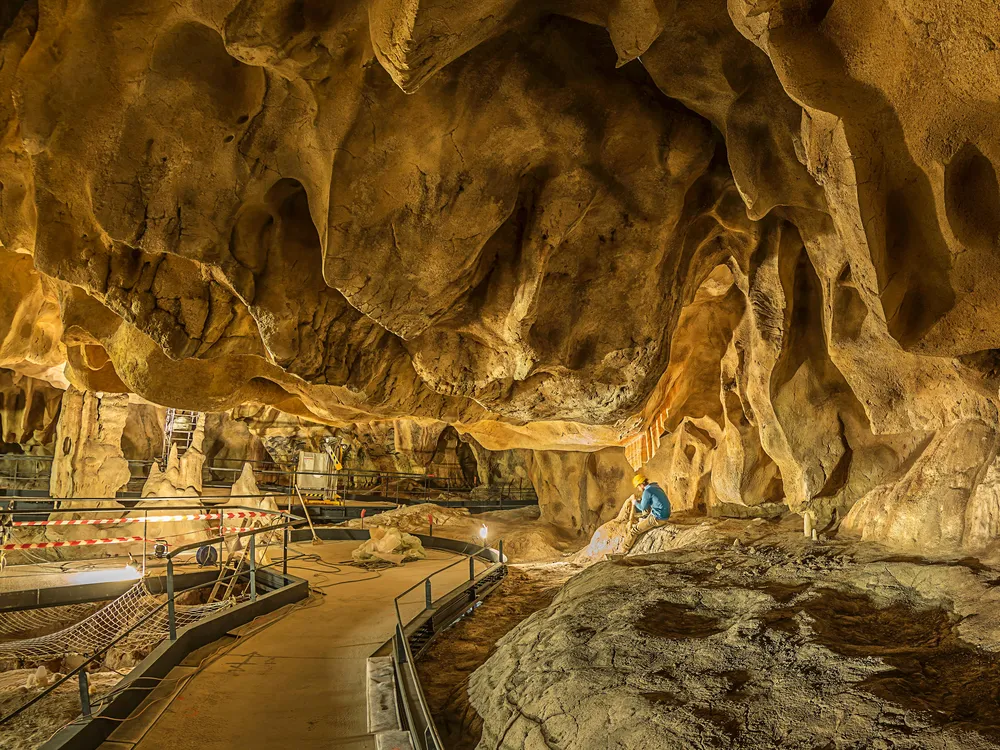
As they ventured deeper, the explorers stepped into a forgotten world, the ground beneath them littered with the archaeological and paleontological remnants of a bygone era. Skulls and bones of cave bears lay scattered, silent testaments to their ancient hibernations, accompanied by the remains of an ibex and two wolves.

These cave bears had not only slept here but left their marks as well—incessant scratches etched into the cave walls and their footprints stamped into the soft earth.
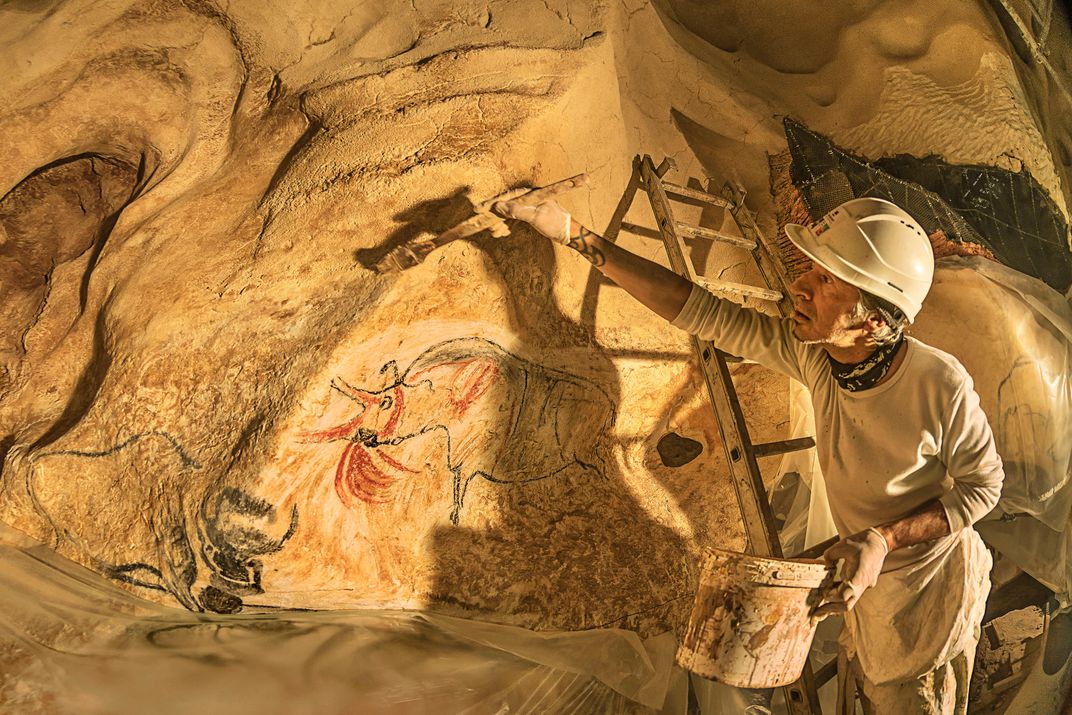
The cave itself was a canvas, partitioned into two major galleries that told different stories through their art. In the first gallery, artists of the prehistoric era favored red pigments, painting the majority of their images in this vibrant color, sparingly using black or etchings. The second gallery, however, presented a stark contrast with its dominantly black depictions of animals, interspersed with fewer engravings and red figures. Certain areas within these galleries boasted dense concentrations of artwork, like the Horse Panel and the Panel of Lions and Rhinoceroses, capturing the ferocity and grace of these beasts in stunning detail.
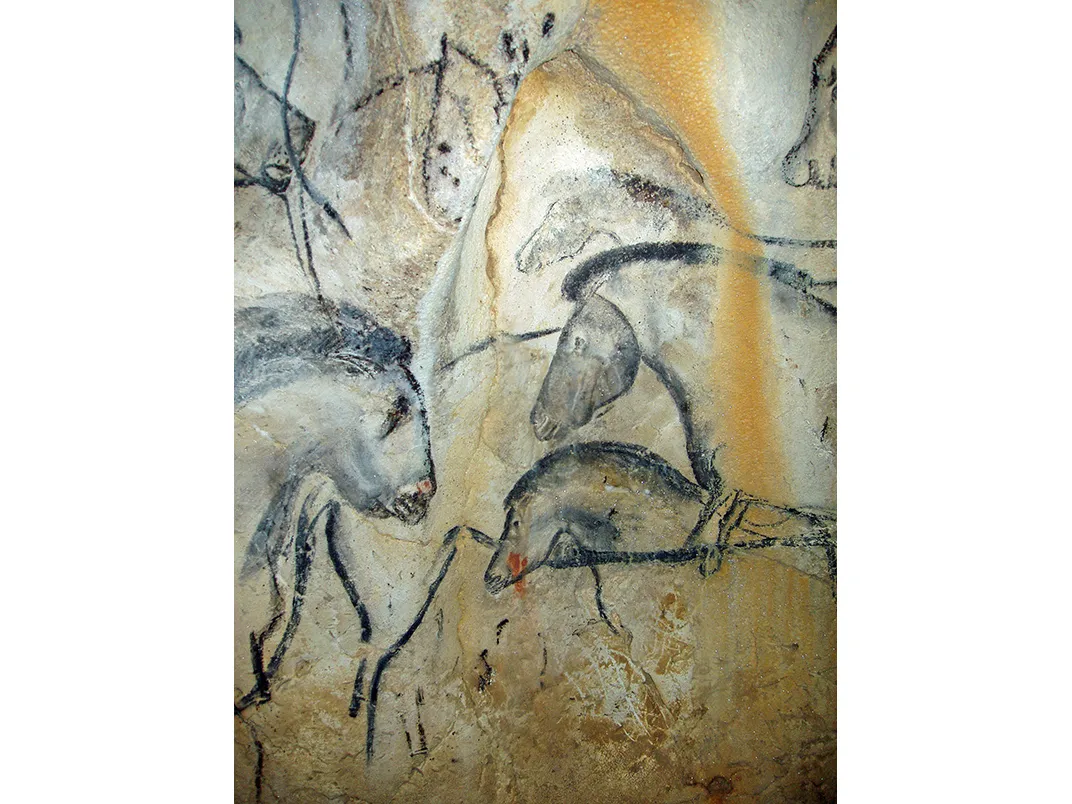
Amongst these primal illustrations, the figures of lions, mammoths, and rhinoceroses reigned supreme, accounting for 63 percent of the identified species. These majestic creatures, rarely hunted by the ancients, were not mere depictions of daily survival but perhaps held deeper symbolic meanings or spiritual significance. The cave also housed images of horses, bison, and various other fauna, culminating in an extraordinary portrayal of the lower body of a woman intertwined with a bison, suggesting a narrative rich in myth or ritual.
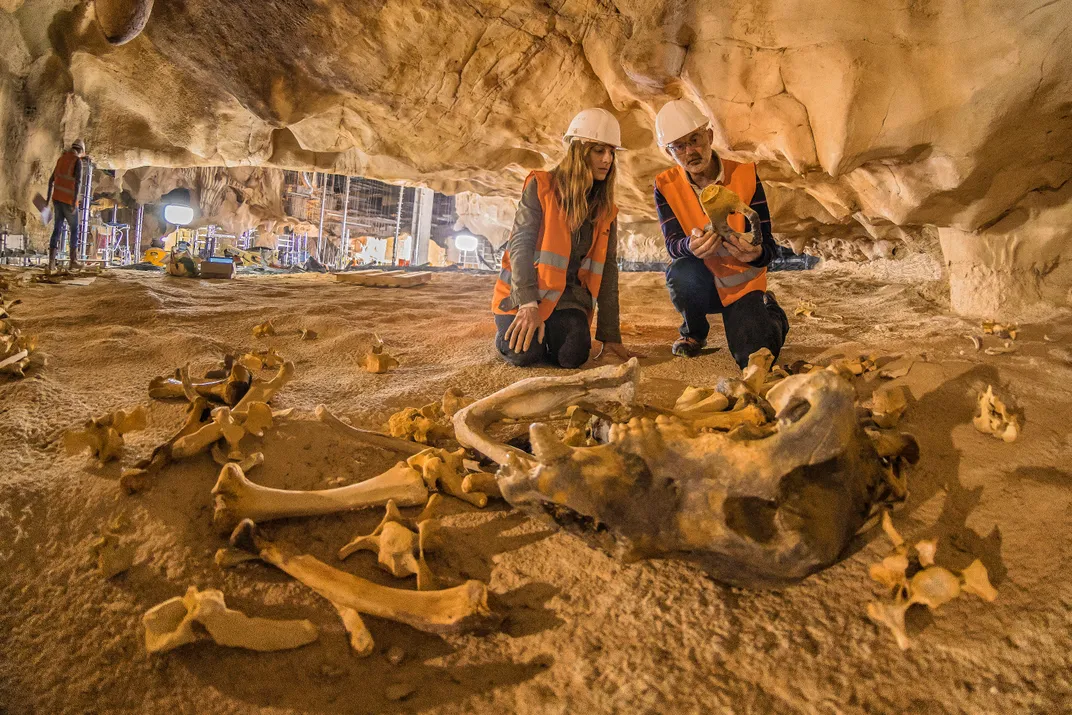
Curiously, amidst these grand depictions, many large red dots scattered throughout the cave were identified as partial handprints, likely made with the palm of a hand, while complete handprints and red hand stencils were also discovered, offering a personal connection to the artists who millennia ago, left their literal touch on these walls.
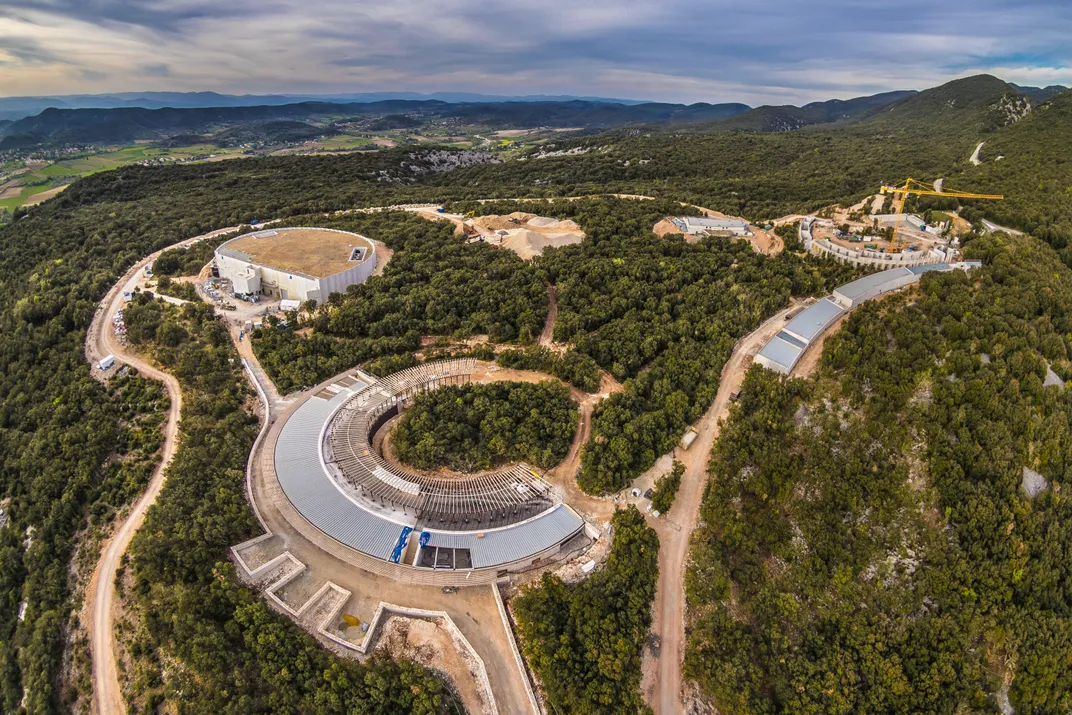
The legacy of the Chauvet Cave did not cease with its initial artists. Radiocarbon dating revealed that the cave was frequented during two distinct periods. The bulk of the artwork was created between 30,000 and 32,000 radiocarbon years before the present, with a later group returning between 25,000 and 27,000 years ago, leaving behind charcoal and torch marks in their wake. Mysterious human footprints of a child were also found, possibly dating back to this second period of visitation.
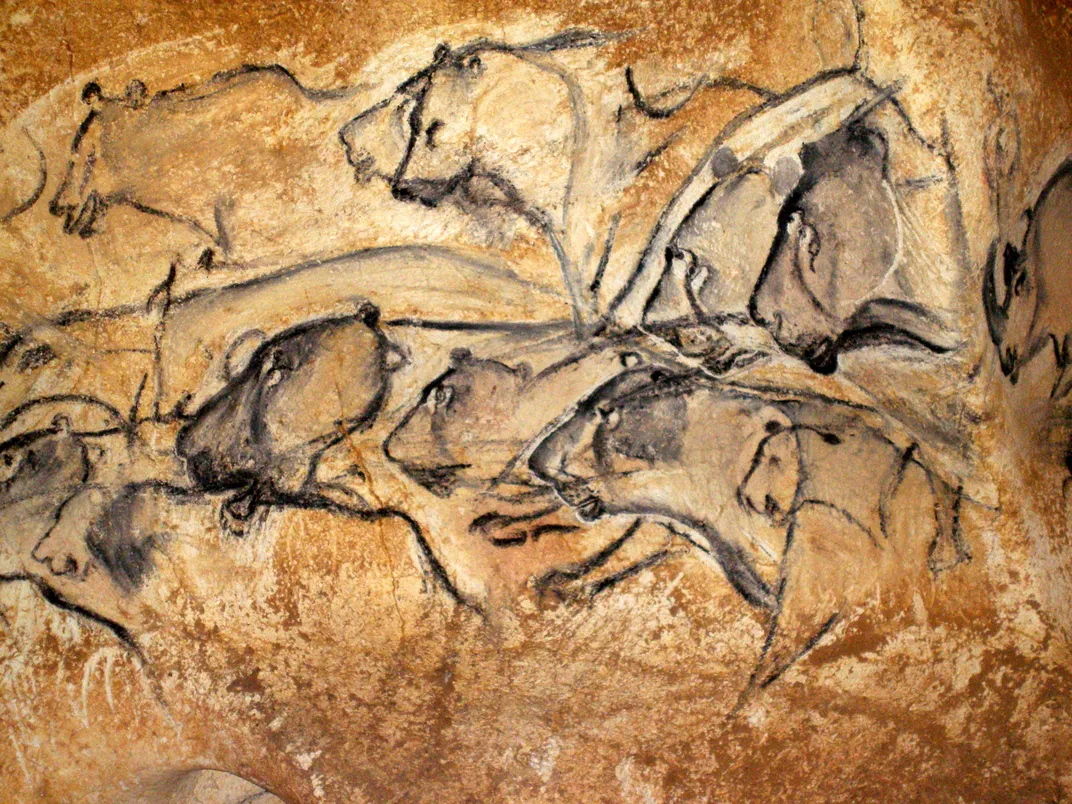
The discovery of Chauvet Cave is not just a story of uncovering old bones and ancient art; it is a narrative about humanity’s enduring need to express, understand, and connect with the world. It serves as a profound reminder of the depths of human creativity and the timeless desire to leave marks that might, one day, be discovered by future explorers. Through this extraordinary cave, we catch a glimpse into the spiritual and daily lives of our distant ancestors, brought to light from the depths of the earth, resonating through the ages.




